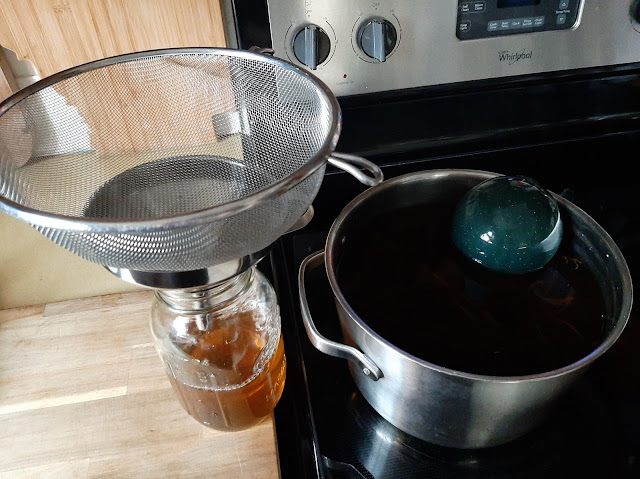Recently we trimmed our rosemary bush in our side yard and after making a few firepit bundles to ward off bugs, mainly mosquitos, we still had a lot left over. Brainstorming on how to use them so they didn't go to waste, I decided to create some homemade rosemary hair rinse. It was easier than I thought and I have definitely been enjoying rinsing my hair in the rosemary tea after my shower is over. I've also added a few sprigs bundled together with twine to hang in our shower for a nice scent when we shower.
Rosemary Hair Rinse
End of May 2020 (1 Second Every Day)
I started at the beginning of May with a 1 sec every day picture/video post. It's fun to look back on the previous month and see what great things happened throughout the month. I like to post them on Twitter, as well, just to share in the good vibes. I plan on sticking with it each month to help with my positive affirmations each month. This is the end of May 2020. You can get the app here and start recording your affirmations each month.
Fog Pictures
I've always been a horror fan since I can remember. Along with the horror, I've always had an interest in anything "spooky" or "scary" in general. Fog is one of those things. I feel like fog takes you away to some mysterious place, sort of like a dream, maybe. I been so lost in the "fog" most of my life. With seeing things differently than most people and also feeling like I could disappear from life in general through fog, itself. Although fog is nothing more than moisture in the air, collected into one spot, and sits in that spot because of tiny water droplets or ice crystals suspended in the air, with no wind or breeze to push it along. The National Geographic Society states that fog can also be considered a low lying cloud. Whatever "fog" is, it's one of my favorite things in this world. Because of that, I have decided to dedicate an Instagram account to just pictures of fog. You can view that account here, it's under Fog Pictures, and along with that, here's several pictures that I've taken and featured on the page. Fog doesn't get enough credit for being the amazing, and beautiful sight that it is.











































































































